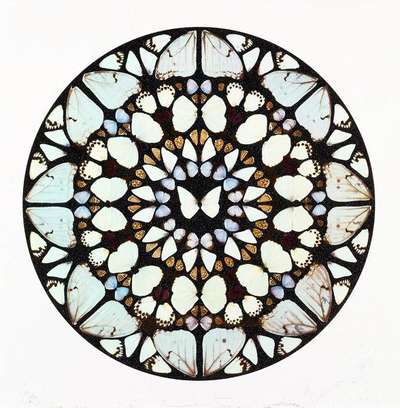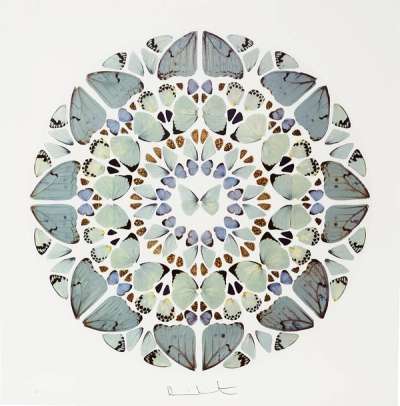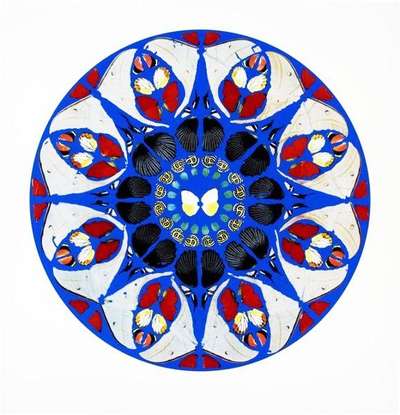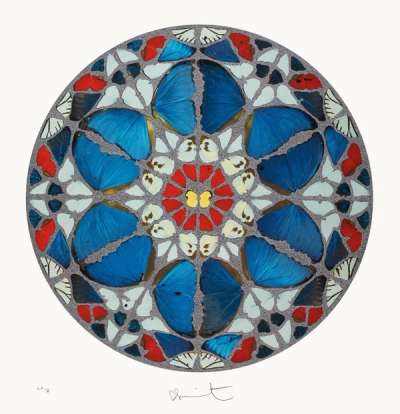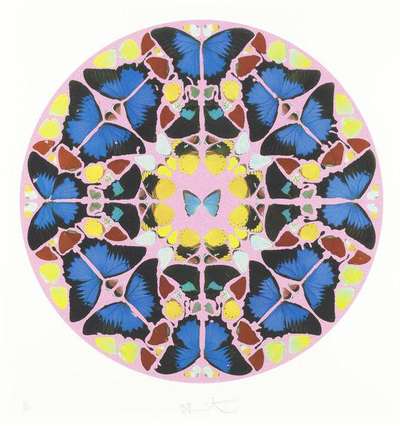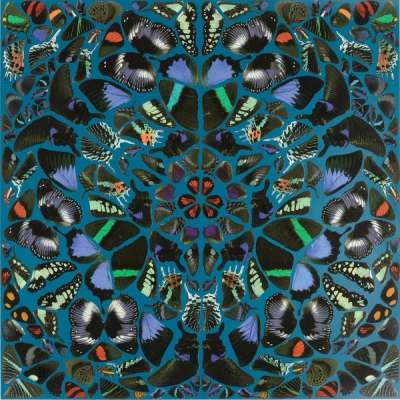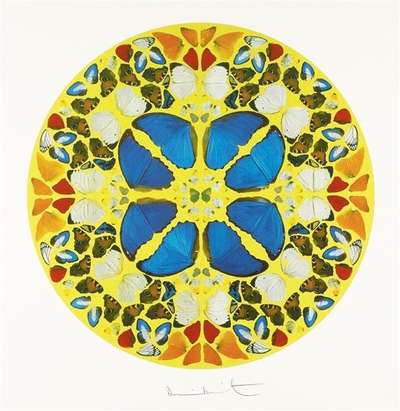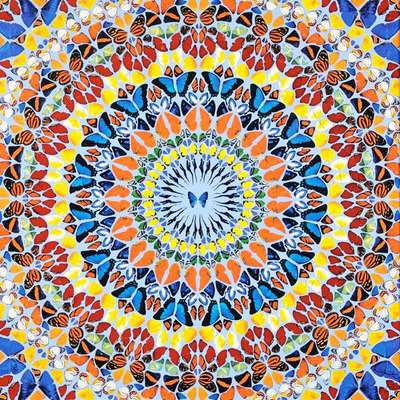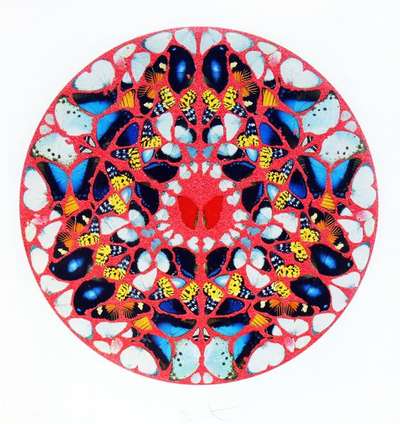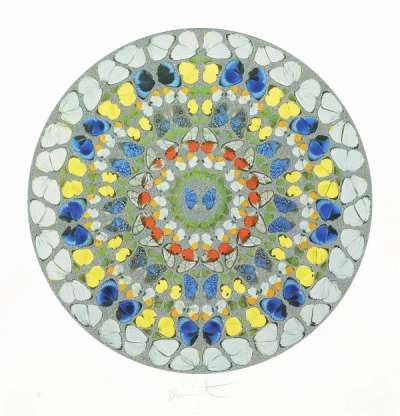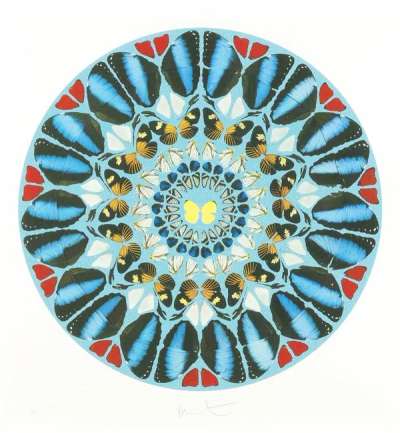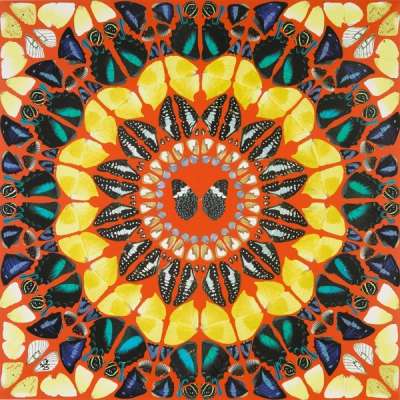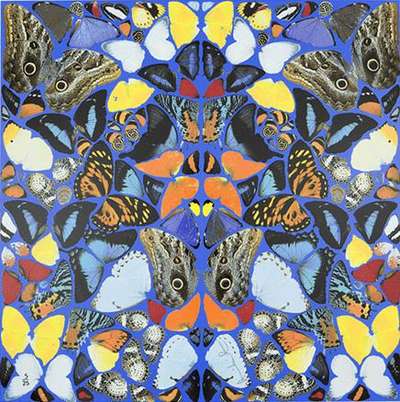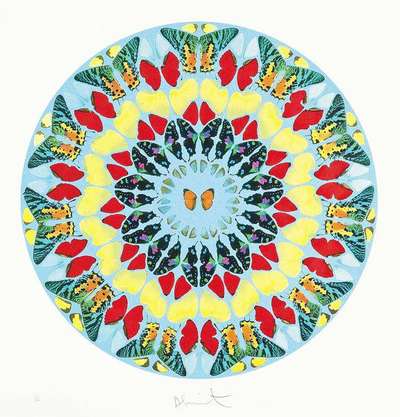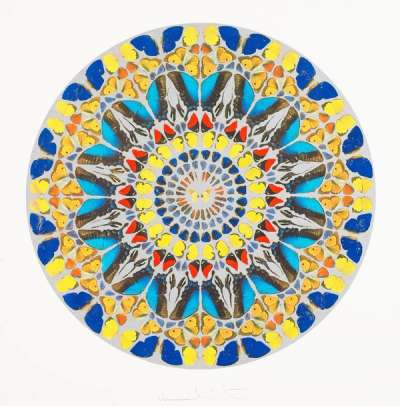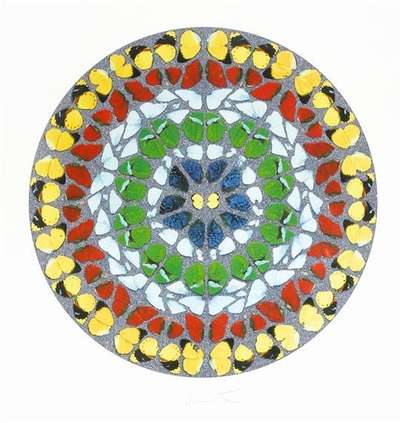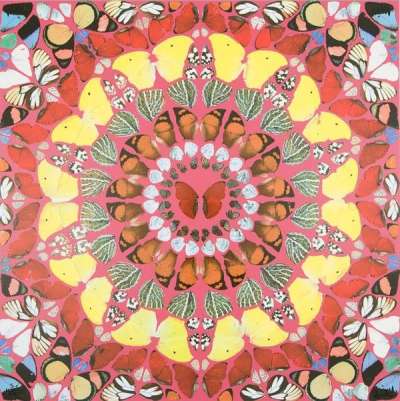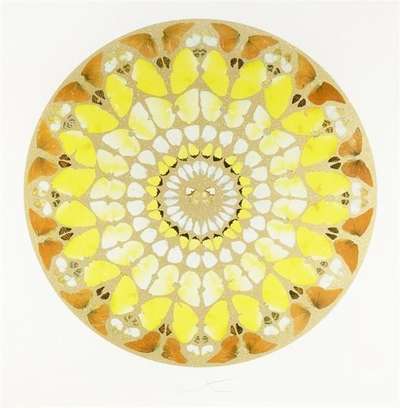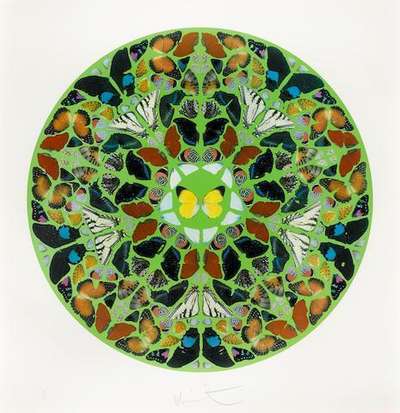
Domino Confido (diamond dust)

Domino Confido (diamond dust)
Signed Print
Damien Hirst
£13,000-£19,000
$26,000-$35,000 Value Indicator
$23,000-$35,000 Value Indicator
¥120,000-¥170,000 Value Indicator
€15,000-€22,000 Value Indicator
$120,000-$180,000 Value Indicator
¥2,490,000-¥3,640,000 Value Indicator
$16,000-$23,000 Value Indicator
AAGR (5 years) This estimate blends recent public auction records with our own private sale data and network demand.
There aren't enough data points on this work for a comprehensive result. Please speak to a specialist by making an enquiry.
Medium: Screenprint
Edition size: 50
Year: 2009
Size: H 74cm x W 72cm
Signed: Yes
Format: Signed Print
TradingFloor
Track this artwork in realtime
Watch artwork, manage valuations, track your portfolio and return against your collection
Track auction value trend
Auction Results
| Auction Date | Auction House | Location | Hammer Price | Return to Seller | Buyer Paid |
|---|---|---|---|---|---|
| March 2022 | Christie's London | United Kingdom | |||
| November 2021 | Tate Ward Auctions | United Kingdom | |||
| March 2017 | Christie's London | United Kingdom |
Meaning & Analysis
Domino Confido is a signed silkscreen print in colours with diamond dust produced by renowned contemporary artist, Damien Hirst. Hirst creates a spectacular print by arranging butterflies in concentric circles, organised around a green butterfly in the centre of the composition. The butterflies are arranged with geometric precision in a circular pattern against a lilac backdrop. The print is full of colour, with bright blue, yellow, orange and red dominating the composition.
The print, made in 2009, is one of 150 works that composed the Psalms series. The series was started in 2008 and each work is made using butterfly wings on painted canvases. The works in the series are all named after a psalm from the Old Testament, emblematic of the way in which Hirst uses his art to question belief systems, such as religion. Hirst enjoys using his art to explore complicated subjects such as death, life, religion, beauty and science. The artist explains: “I am absolutely not interested in tying things down.”
The butterfly has become a staple part of Hirst’s visual language and iconography. Along with skulls and diamonds, the butterfly has become closely associated with the artist’s name. The artist began using butterflies in his work as early as 1989, while he was studying Fine Art at Goldsmiths College and has continued to incorporate them into his works in series such as The Souls series.
